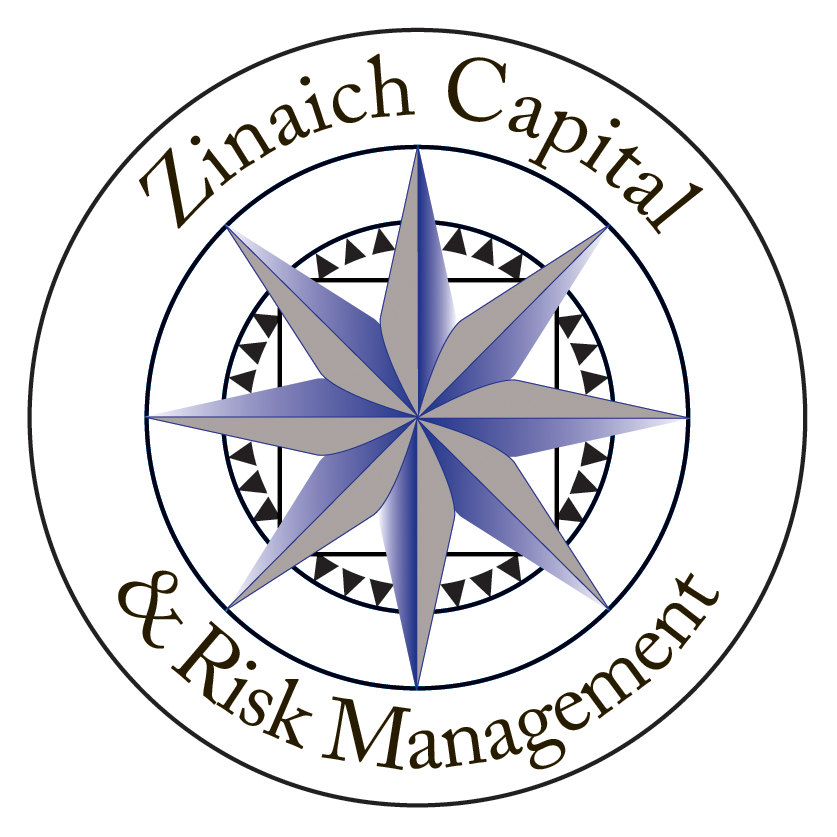Maya Angelou, “I have found that among its other benefits, giving liberates the soul of the giver.”
Brian Tracy, “Always give without remembering, and always receive without forgetting.”
Do you have a passion for a specific cause? Are you looking for ways to help that cause and potentially help decrease your tax exposure? Whether we are looking at Charitable Remainder Trusts, Charitable Lead Trusts, Foundations, or Donor-Advised funds, we would appreciate the opportunity to explore what might be best in your particular situation. To give you a better idea of how this might work, here is a recent example of a charitable plan we put together. Susan (not her real name) is in a high tax bracket and was looking to:
1) Lower her tax exposure (in this case from her substantial income, but it just as easily could have been from a recent sale of a business, options trading, etc.) and
2) She also had a few causes that were dear to her (if you don’t currently have a cherished cause, we can help you work through this to identify a cause for which you can be passionate).
In this case, being widowed (it can also work in a divorce or married situations) she also had concerns surrounding the upcoming sunsetting (midnight, of January 1st, 2026) of the federal estate tax exclusion which would create an immense tax exposure to her estate for federal estate tax purposes. She wanted her children to receive all of what she and her husband had worked so hard for all those years together. After immersing ourselves in her situation, the solution that presented itself was to create a Charitable Remainder Unitrust (CRUT) with an Irrevocable Life Insurance Trust (ILIT), in this case, called a Wealth Replacement Trust. The CRUT (which is irrevocable) allows her to take a tax deduction up front, and to receive income for life or for a set number of years. The CRUT allows for additional contributions, and the annual income is a percentage, so it will get reset annually based upon the underlying investment performance of the assets in the CRUT. In the case we are discussing, $2,000,000 was placed into the CRUT (thus removing it from her estate and any estate taxes on future growth as a result). There was a tax deduction for Susan, the grantor (person putting money into the trust), of $732,370 (if done in November of 2022, using IRS section 7520 interest rates and IRS Table B Actuarial figures). Her annual income from the CRUT would be approximately $100,000 (remember that it will fluctuate from year to year). With that $100,000 we purchased a life insurance policy in an ILIT with a face value (death benefit) of $3,000,000 for approximately $40,000/year, and the remaining $60,000/year went to Susan to be used however she wished. The death benefit of $3,000,000 will be used to pay for estate taxes upon her death, so her remaining assets will pass estate tax free to her children. The remaining assets in the CRUT will then belong to the charity that she selected because of her passion for its cause.

